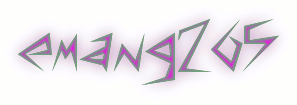Software radio cina
Software radio cina
Di dalam dunia komunikasi saat ini semakin banyak radio cina yang masuk
Dan dalam pengoperasian pun mudah sekali.
Tapi di suatu saat radio cina itu sering error
Diantara radionya adalah :
1. Hyt
2. WEIERWEI
3. Suicom dan banyak merek merek lainya
Yang sering aku alami adalah radio Hyt sama weirwei
Kendalanya adalah CH nya lock tidak bisa dibuka pakai manual
Solusinya harus pakai software untuk meresetnya
Caranya adalah membuka lock di data software itu
Silahkan bagi teman teman yang belum punya software radio cina bisa anda download disini
Radio HYT
: TC 320
: TC 368
: TC 500
: TC 610
: TC 700S
: TC 2100
: TC 3000
: TM 800
Radio WEIERWEI
: V1000
: V3188S
: VEV-527
: VEV-528
: W-3288D
Untuk software radio yang lain menyusul ya..
Karena aku sudah rada ngantuk pingin tidur si..
Dan untuk penjabaran yang lain masalah bagaimana cara bikin bikin kabel datanya akan aku uraikan
Di lain postingan.
Bisa saja agan mencari di mbah google ok…
Read more...









